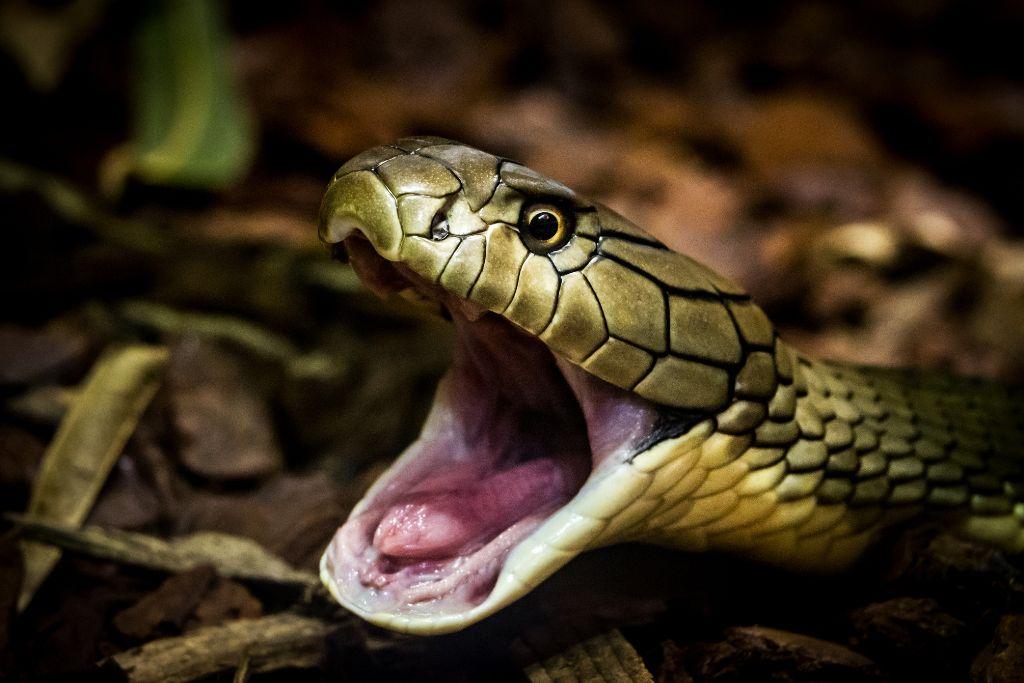
Swimming With the King Cobra
King cobras are the longest venomous snake in the world, and they can be found in many parts of Southeast Asia. The king cobra is one of the most feared snakes in the world. They are known for their ability to wrap around and kill their prey with strength and speed. The king cobra can grow to be up to 18 feet long, making them some of the longest snakes on earth. They are also one of the most venomous creatures in the world. They are also known to swim, which is why they’re often found near water sources. They can be dangerous, however, so it’s important to know what to expect if you encounter one in the wild. Here are some things you should know about these snakes and how to avoid getting bitten.
They hunt on the ground
King cobras can hunt on the ground, in trees and even in water. They typically hide in leaf-covered tree hollows, in rodent burrows and under large rocks.
They can also build nests in the ground and guard their eggs until they hatch. These nests are built with leaves and their bodies.
During the day, a king cobra will go out in search of prey. Their diet may include mice, rats, rabbits, ground squirrels and amphibians.
A king cobra will use its forked tongue to sniff out the scent of prey, passing it over a special-smelling organ in the roof of its mouth.
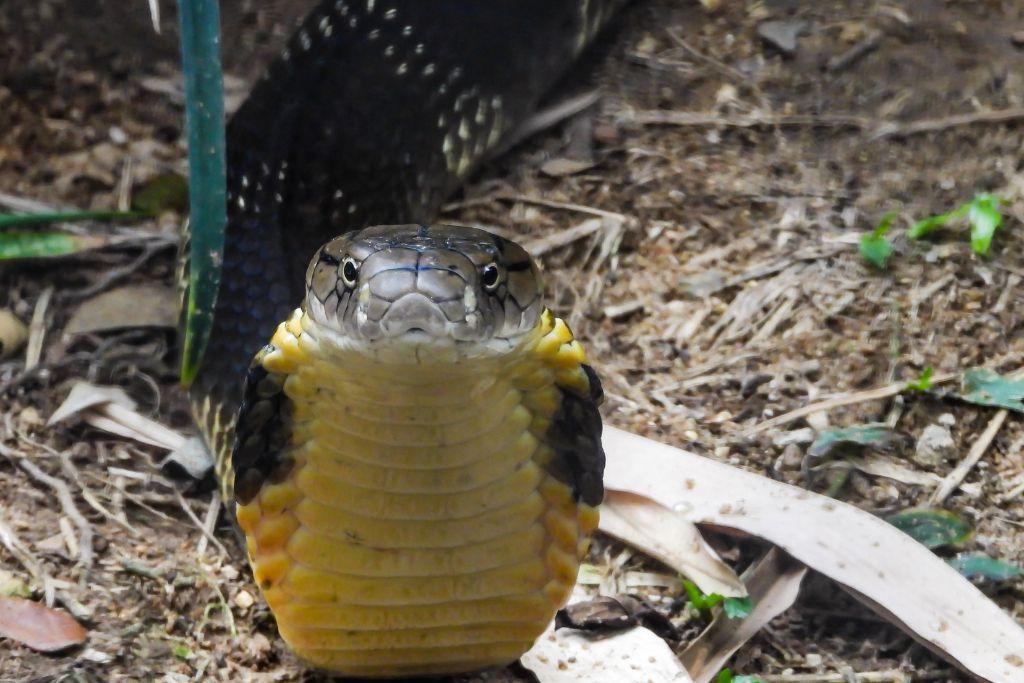
When a king cobra feels threatened, it will expand its hood and raise the top half of its body off the ground. This makes the snake look much larger than it is, a signal to predators that it has a good chance of winning a fight.
This venomous snake can kill a mongoose with just one bite, and it can release the venom from its fangs in less than a second. The venom is neurotoxic and can cause serious illness or even death if antivenom is not given in time.
They can swim
King cobras can swim quite well, and they even glide across major streams without breaking a sweat. They may also travel along rivers to find food, as well as to escape predators.
In the wild, king cobras live in dense highland forests and bamboo thickets. They also prefer areas dotted with lakes and streams, as well as mangrove swamps.
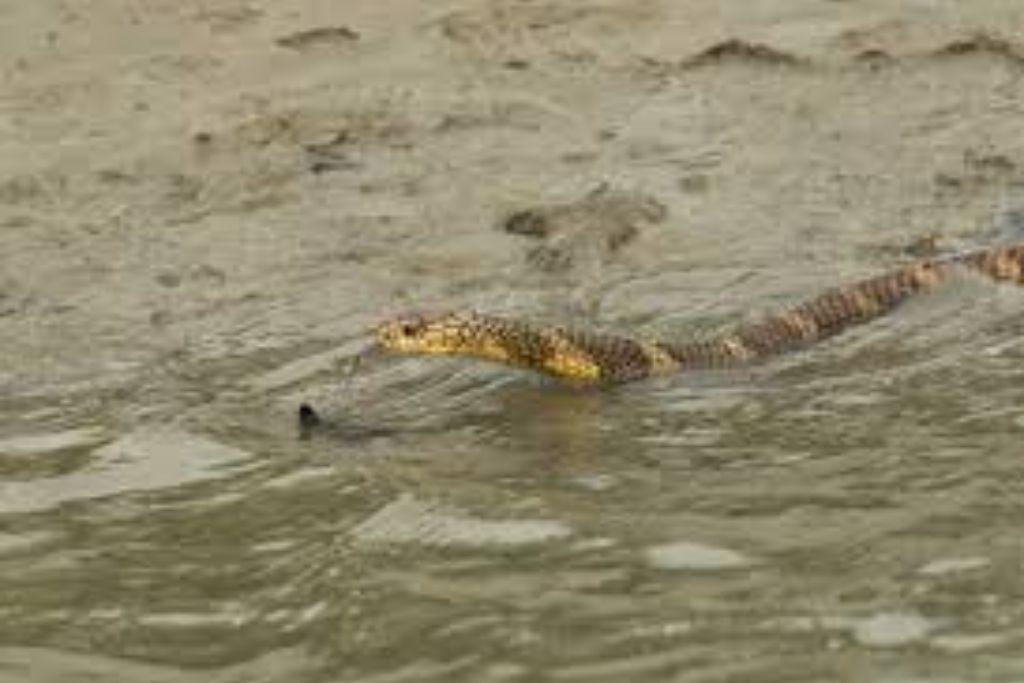
Like many snakes, king cobras use their forked tongue to sniff out prey. It picks up odor particles and passes them to a special smelling organ in the roof of their mouth, called Jacobson’s organ.
When they sense a threat, king cobras will expand their hood and raise the top half of their body off the ground to get a better look at what’s threatening them. They will also hiss and flatten their neck ribs into a hood to protect themselves from predators.
They are venomous
King cobras are one of the world’s most venomous snakes. Their venom is a neurotoxin that causes paralysis of the victim’s nervous system.
This poison causes the body to stop breathing, and it can cause death if not treated within 30 minutes after the bite. It can also be fatal to children under 6 years old, according to the San Diego Zoo.
The venom is delivered through the fangs of the snake. The flexing of the venom glands forces the venom through the openings on the snake’s fangs into the victim’s mouth.
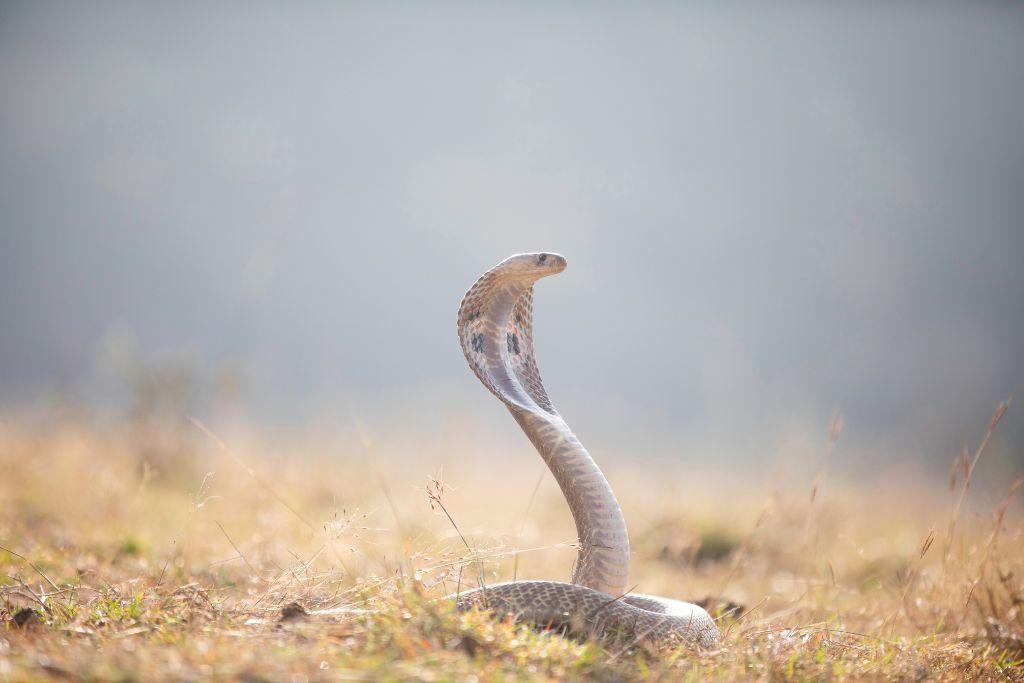
It can also be spit out of the front openings of the snake’s fangs. Some snakes, such as the right or spitting cobra in Africa, can “spit” their venom to a distance of up to 6.5 feet.
King cobras are usually opportunistic hunters, chowing down on prey such as small mammals, birds, lizards and eggs. They are also known to nest in trees.
They are dangerous
King cobras are some of the most dangerous snakes on the planet. Their venom is so deadly that a single bite from a king cobra can kill a 12,000-pound elephant in just three hours.
They eat mainly other snakes, but they will also eat lizards, eggs and small mammals. They also build nests and guard their eggs until they hatch.
During the breeding season, male cobras fight over females. They size each other up, raise their heads high off the ground and then wrestle with bodies intertwined.
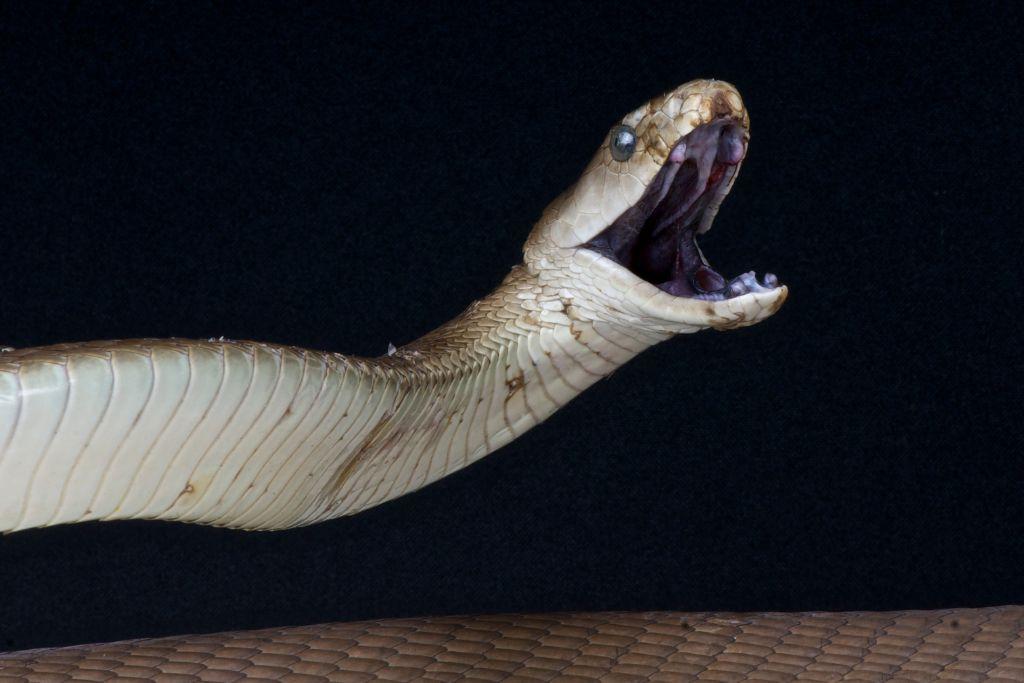
A king cobra’s venom inhibits communication between nerve cells, causing extreme dizziness and blurred vision. It can also cause paralysis and death unless treated quickly.
This is why it’s so important to avoid swimming with a king cobra. Luckily, they’re not very likely to attack humans while in the water. But if you do find yourself in the company of one, keep a cool head. You may want to take a deep breath, then calmly remove your shirt and put it on the ground.


